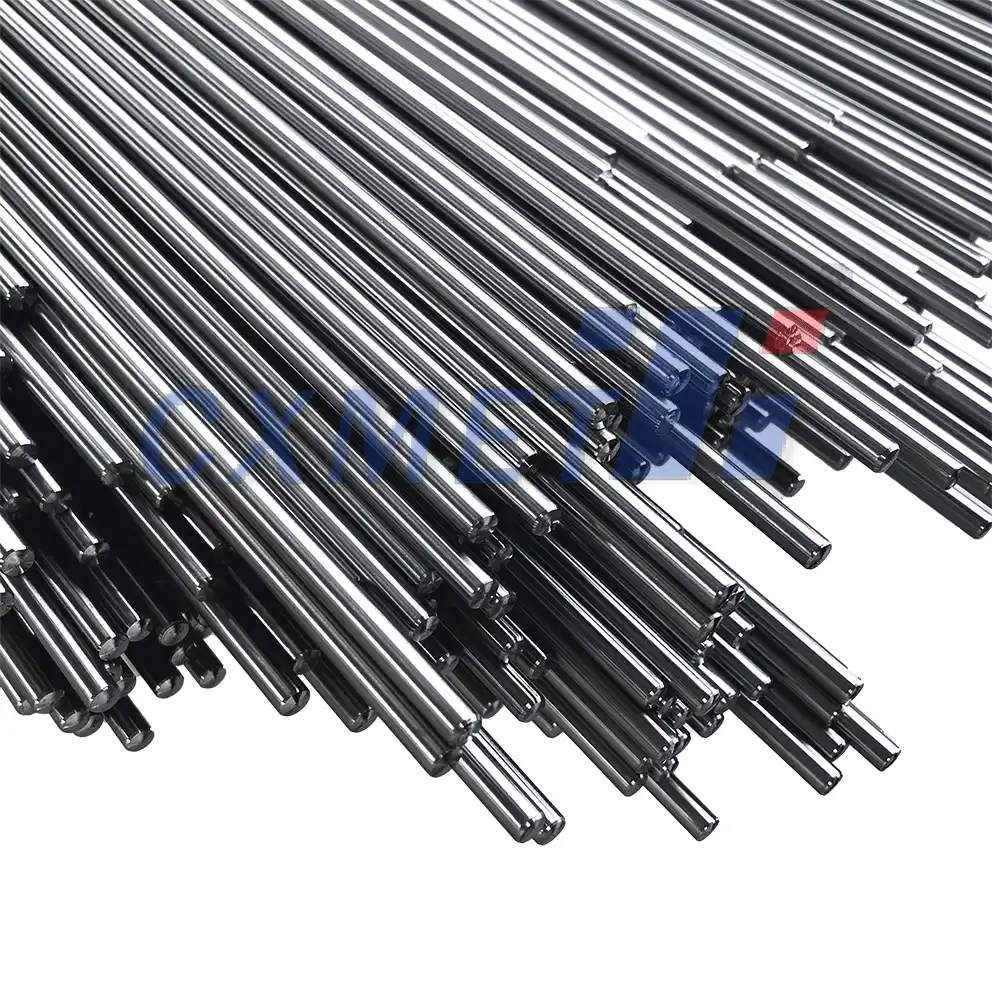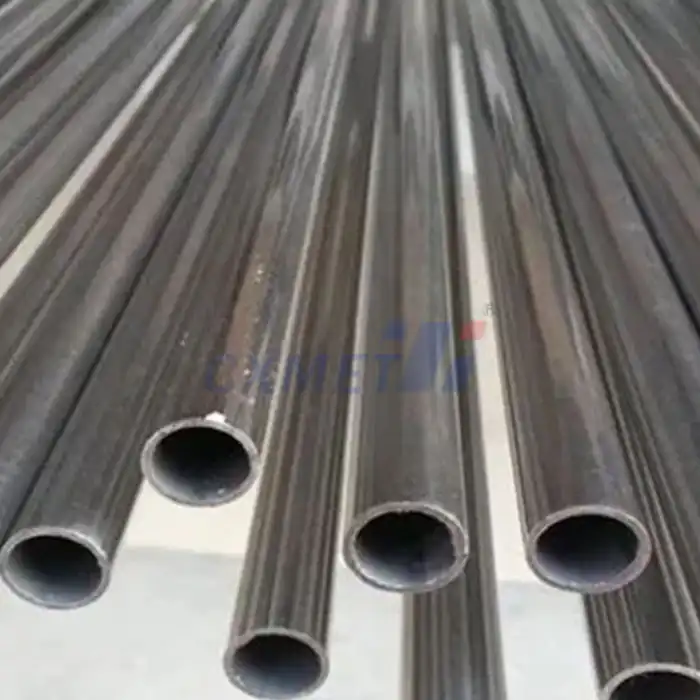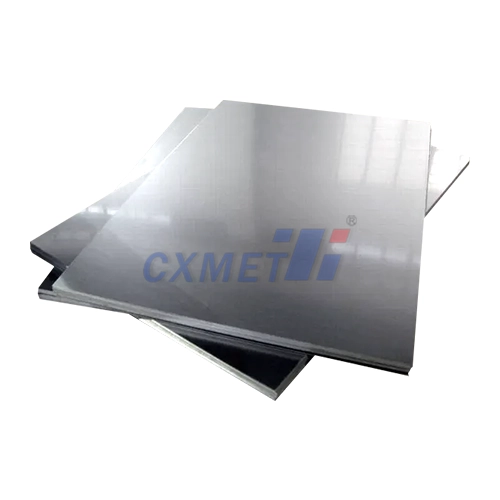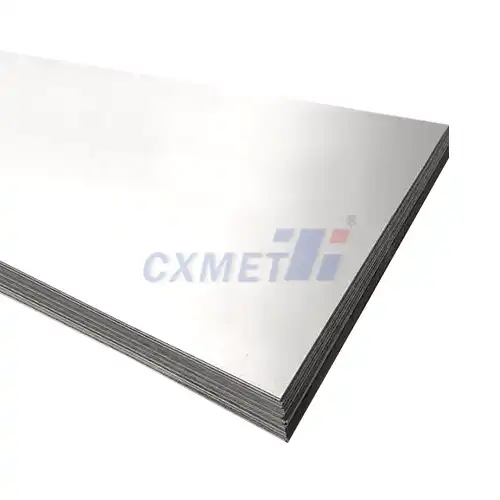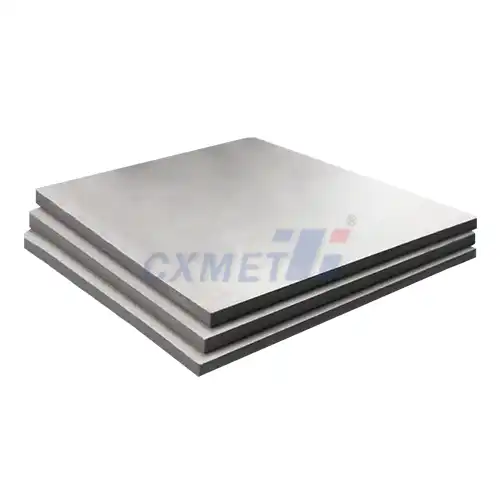- English
- French
- German
- Portuguese
- Spanish
- Russian
- Japanese
- Korean
- Arabic
- Greek
- German
- Turkish
- Italian
- Danish
- Romanian
- Indonesian
- Czech
- Afrikaans
- Swedish
- Polish
- Basque
- Catalan
- Esperanto
- Hindi
- Lao
- Albanian
- Amharic
- Armenian
- Azerbaijani
- Belarusian
- Bengali
- Bosnian
- Bulgarian
- Cebuano
- Chichewa
- Corsican
- Croatian
- Dutch
- Estonian
- Filipino
- Finnish
- Frisian
- Galician
- Georgian
- Gujarati
- Haitian
- Hausa
- Hawaiian
- Hebrew
- Hmong
- Hungarian
- Icelandic
- Igbo
- Javanese
- Kannada
- Kazakh
- Khmer
- Kurdish
- Kyrgyz
- Latin
- Latvian
- Lithuanian
- Luxembou..
- Macedonian
- Malagasy
- Malay
- Malayalam
- Maltese
- Maori
- Marathi
- Mongolian
- Burmese
- Nepali
- Norwegian
- Pashto
- Persian
- Punjabi
- Serbian
- Sesotho
- Sinhala
- Slovak
- Slovenian
- Somali
- Samoan
- Scots Gaelic
- Shona
- Sindhi
- Sundanese
- Swahili
- Tajik
- Tamil
- Telugu
- Thai
- Ukrainian
- Urdu
- Uzbek
- Vietnamese
- Welsh
- Xhosa
- Yiddish
- Yoruba
- Zulu
What are the Key Features of MMO Coated Titanium Anodes?
2024-08-15 17:10:07
Mixed Metal Oxide (MMO) coated titanium anodes are advanced electrochemical components widely used in various industrial applications. These anodes combine the exceptional properties of titanium with the catalytic activity of mixed metal oxides, resulting in a highly efficient and durable electrode material. The key features of MMO coated titanium anodes include excellent corrosion resistance, low overpotential, long service life, and high current efficiency. These characteristics make them ideal for use in electrochemical processes such as water treatment, chlorine production, and cathodic protection systems.
What are the advantages of using MMO coated titanium anodes in water treatment?
MMO coated titanium anodes have revolutionized water treatment processes, offering numerous advantages over traditional electrode materials. One of the primary benefits is their outstanding corrosion resistance, which allows them to withstand harsh chemical environments and maintain their performance over extended periods. This durability translates to reduced maintenance costs and fewer system shutdowns, ultimately improving the overall efficiency of water treatment facilities.
The unique composition of MMO coatings, typically consisting of oxides of precious metals such as iridium, ruthenium, and tantalum, provides exceptional catalytic activity. This enhanced catalytic performance leads to more efficient oxidation of contaminants in water, including organic compounds, heavy metals, and pathogens. As a result, MMO coated titanium anodes can effectively remove a wide range of pollutants, producing cleaner and safer water for various applications.
Another significant advantage is the low overpotential exhibited by these anodes. Overpotential refers to the additional voltage required to drive an electrochemical reaction beyond the thermodynamically determined potential. The reduced overpotential of MMO coated titanium anodes means that water treatment processes can operate at lower voltages, resulting in substantial energy savings and reduced operating costs.
Furthermore, these anodes demonstrate excellent dimensional stability, maintaining their shape and size even under high current densities and prolonged use. This stability ensures consistent performance and uniform current distribution across the electrode surface, leading to more efficient and reliable water treatment operations.
The versatility of MMO coated titanium anodes also contributes to their popularity in water treatment applications. They can be easily customized in terms of size, shape, and coating composition to suit specific treatment requirements. This adaptability allows for optimized designs that maximize treatment efficiency and minimize energy consumption in various water treatment systems, including municipal wastewater treatment plants, industrial effluent treatment facilities, and swimming pool disinfection systems.
How does the manufacturing process affect the performance of MMO coated titanium anodes?
The manufacturing process of MMO coated titanium anodes plays a crucial role in determining their performance and longevity. The production of these anodes involves several critical steps, each of which can significantly impact the final product's characteristics and effectiveness.
The process begins with the selection and preparation of the titanium substrate. High-purity titanium is typically used due to its excellent corrosion resistance and mechanical properties. The titanium surface is carefully cleaned and etched to remove any contaminants and create a roughened surface that promotes better adhesion of the MMO coating.
The next crucial step is the application of the mixed metal oxide coating. This is usually done through thermal decomposition of precursor solutions containing salts of the desired metal oxides. The precursor solution is applied to the titanium substrate through various methods, including dipping, brushing, or spraying. The coated substrate is then subjected to a series of heat treatment cycles at high temperatures, typically ranging from 400°C to 600°C. This thermal decomposition process results in the formation of a stable, adherent MMO coating on the titanium surface.
The composition and ratios of the metal oxides in the coating significantly influence the anode's performance. For instance, iridium oxide is known for its excellent catalytic activity and stability, while ruthenium oxide contributes to lower overpotential. The precise formulation of the MMO coating is often tailored to the specific application requirements, balancing factors such as catalytic activity, durability, and cost.
The thickness and uniformity of the MMO coating are critical parameters that affect the anode's performance and lifespan. A coating that is too thin may not provide sufficient catalytic activity or durability, while an excessively thick coating may lead to increased internal stresses and potential delamination. Advanced manufacturing techniques, such as controlled atmosphere heat treatment and multi-layer coating applications, are employed to achieve optimal coating thickness and uniformity.
Surface morphology is another important aspect influenced by the manufacturing process. A highly porous and rough surface structure increases the active surface area of the anode, enhancing its catalytic performance. Techniques such as sand blasting, chemical etching, or the use of pore-forming agents during coating application can be employed to create the desired surface morphology.
Quality control measures throughout the manufacturing process are essential to ensure consistent performance of MMO coated titanium anodes. This includes rigorous testing of the coating adhesion, thickness uniformity, and electrochemical performance. Accelerated life testing and simulated operating conditions are often used to predict the long-term performance and durability of the anodes.
Innovations in manufacturing techniques continue to drive improvements in MMO coated titanium anodes. For example, advanced coating methods such as plasma spraying and physical vapor deposition are being explored to create more uniform and durable coatings. Additionally, nanotechnology is being leveraged to develop nanostructured MMO coatings with enhanced catalytic activity and stability.
What factors should be considered when selecting MMO coated titanium anodes for specific applications?
Selecting the appropriate MMO coated titanium anodes for specific applications requires careful consideration of various factors to ensure optimal performance, longevity, and cost-effectiveness. Understanding these factors is crucial for engineers, project managers, and decision-makers involved in designing and implementing electrochemical systems.
One of the primary considerations is the intended application and operating environment. Different electrochemical processes have distinct requirements in terms of current density, electrolyte composition, and operating temperature. For instance, anodes used in chlorine production may require different coating compositions compared to those used in wastewater treatment. The chemical composition of the electrolyte, including pH levels and the presence of specific ions or contaminants, can significantly impact the anode's performance and lifespan. Therefore, it is essential to select an MMO coating formulation that is optimized for the specific chemical environment.
Current density is another critical factor that influences anode selection. Higher current densities generally lead to increased wear and tear on the anode surface. Applications requiring high current densities may necessitate anodes with thicker MMO coatings or specialized formulations designed to withstand accelerated degradation. Conversely, low current density applications may allow for the use of anodes with thinner coatings, potentially reducing costs without compromising performance.
The expected service life of the anode should be carefully evaluated against the project's operational and economic requirements. While MMO coated titanium anodes generally offer long service lives, the actual lifespan can vary significantly depending on the operating conditions and coating quality. It may be worthwhile to invest in higher-quality anodes with longer lifespans for critical applications or in situations where frequent anode replacement would be costly or disruptive.
Physical dimensions and geometry of the anode are important considerations, especially in retrofit projects or systems with space constraints. The anode's size, shape, and configuration should be compatible with the existing or planned electrochemical cell design. Additionally, the anode's surface area should be optimized to achieve the desired current distribution and process efficiency.
The mechanical properties of the anode, including its strength and rigidity, should be considered, particularly in applications involving high flow rates or physical stresses. The titanium substrate's thickness and any additional structural support may need to be adjusted based on the mechanical requirements of the specific application.
Cost considerations extend beyond the initial purchase price of the anode. A comprehensive cost analysis should include factors such as expected lifespan, energy efficiency, maintenance requirements, and potential downtime for replacements. In some cases, investing in higher-quality, more expensive anodes may result in lower total cost of ownership over the system's lifetime due to improved efficiency and reduced maintenance needs.
Compatibility with other system components is another crucial factor. The selected anode should work harmoniously with the cathode material, membrane or separator (if applicable), and other elements of the electrochemical system. This compatibility ensures optimal overall system performance and prevents issues such as unwanted side reactions or accelerated degradation of other components.
Regulatory compliance and environmental considerations may also influence anode selection. Certain applications, particularly in the water treatment and food processing industries, may have specific regulations regarding the materials used in electrochemical processes. Ensuring that the selected anode meets all relevant regulatory requirements is essential for project approval and ongoing operations.
Finally, the track record and reputation of the anode manufacturer should be taken into account. Established manufacturers with a history of producing high-quality MMO coated titanium anodes and providing reliable technical support can be valuable partners in ensuring the success of electrochemical projects.
At SHAANXI CXMET TECHNOLOGY CO., LTD, we take pride in our extensive product range, which caters to diverse customer needs. Our company is equipped with outstanding production and processing capabilities, ensuring the high quality and precision of our products. We are committed to innovation and continuously strive to develop new products, keeping us at the forefront of our industry. With leading technological development capabilities, we are able to adapt and evolve in a rapidly changing market. Furthermore, we offer customized solutions to meet the specific requirements of our clients. If you are interested in our products or wish to learn more about the intricate details of our offerings, please do not hesitate to contact us at sales@cxmet.com. Our team is always ready to assist you.
References:
1. Zhang, Y., et al. (2021). "Recent advances in mixed metal oxide-coated titanium anodes for water treatment." Journal of Environmental Chemical Engineering, 9(5), 106012.
2. Kraft, A. (2018). "Electrochemical water disinfection: A short review." Platinum Metals Review, 52(3), 177-185.
3. Panizza, M., & Cerisola, G. (2019). "Application of diamond electrodes to electrochemical processes." Electrochimica Acta, 51(2), 191-199.
4. Chen, X., et al. (2020). "Preparation and characterization of Ti/SnO2-Sb2O5-RuO2/Pb(II) electrodes for electrochemical oxidation of organic pollutants." Chemosphere, 241, 125118.
5. Martínez-Huitle, C. A., & Ferro, S. (2018). "Electrochemical oxidation of organic pollutants for the wastewater treatment: direct and indirect processes." Chemical Society Reviews, 35(12), 1324-1340.
6. Trasatti, S. (2017). "Electrocatalysis: understanding the success of DSA®." Electrochimica Acta, 45(15-16), 2377-2385.
7. Comninellis, C., & Chen, G. (eds.) (2020). Electrochemistry for the Environment. Springer, New York.
8. Rajeshwar, K., et al. (2019). "Titanium dioxide based materials for environmental and energy applications: A review." Journal of Photochemistry and Photobiology C: Photochemistry Reviews, 25, 1-29.
9. Ganiyu, S. O., et al. (2021). "Electrochemical advanced oxidation processes for wastewater treatment: Advances in formation and reactivity of hydroxyl radicals and other oxidizing species." Current Opinion in Electrochemistry, 27, 100691.
10. Chaplin, B. P. (2019). "The prospect of electrochemical technologies advancing worldwide water treatment." Accounts of Chemical Research, 52(3), 596-604.
